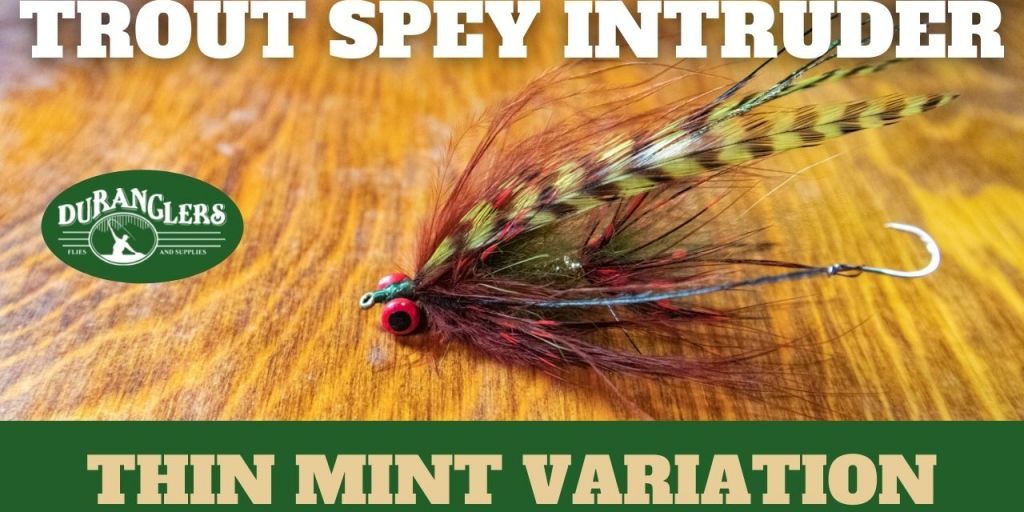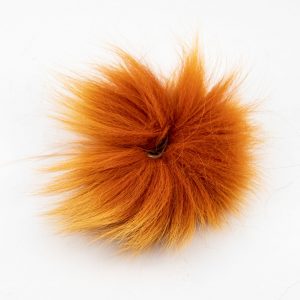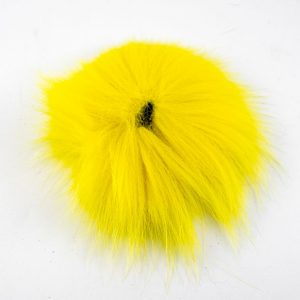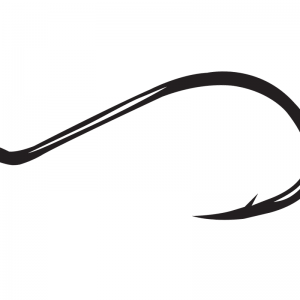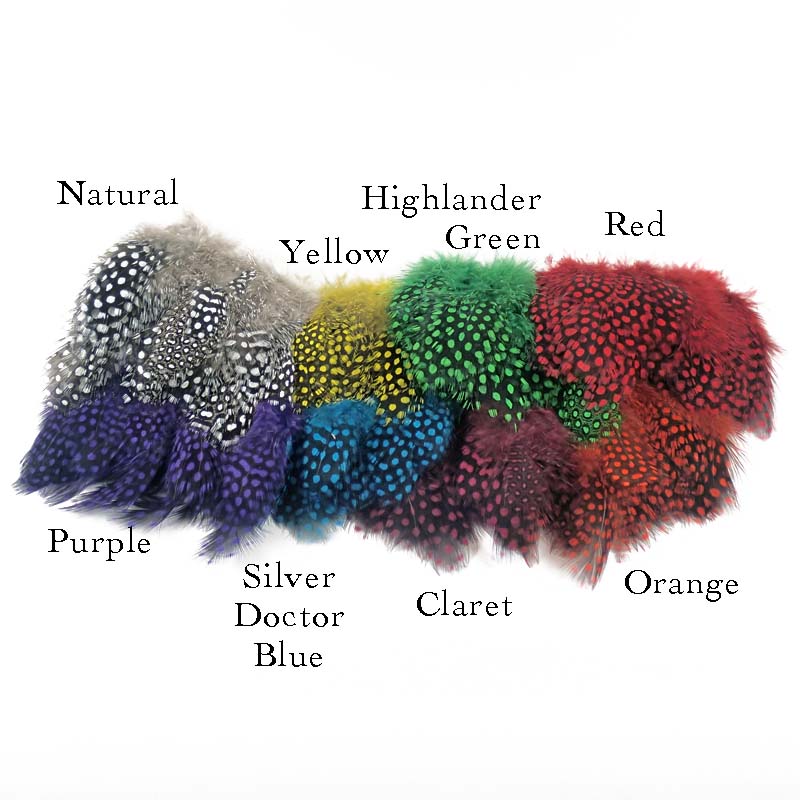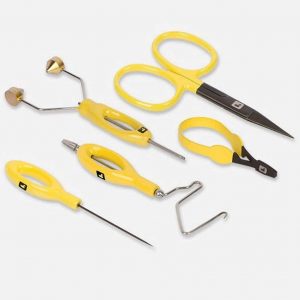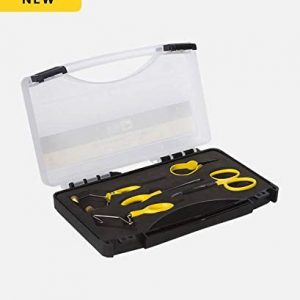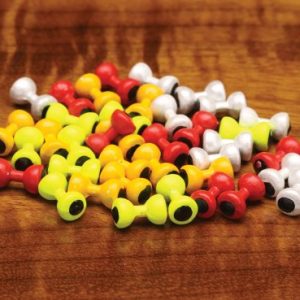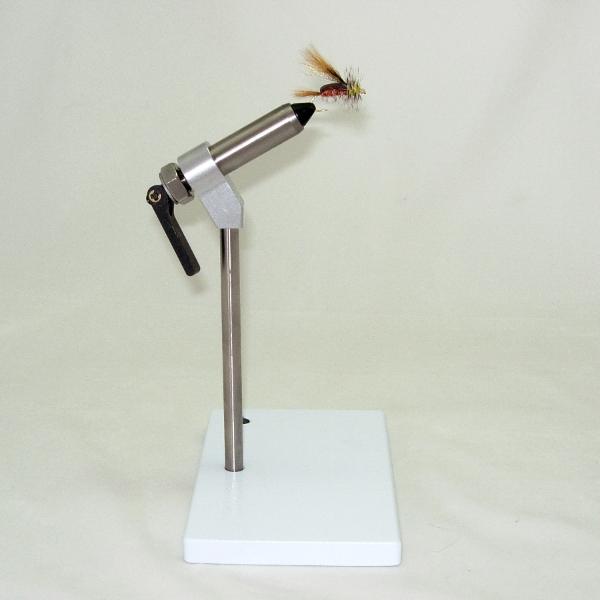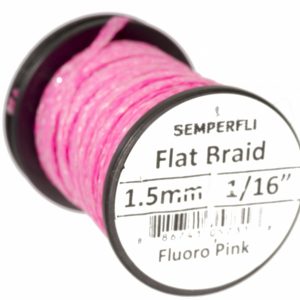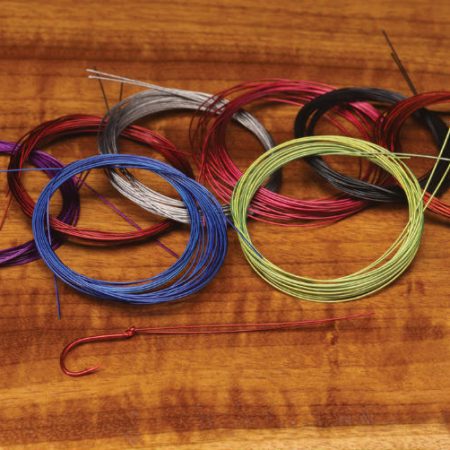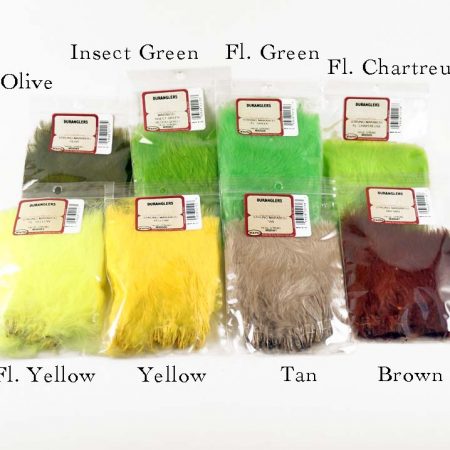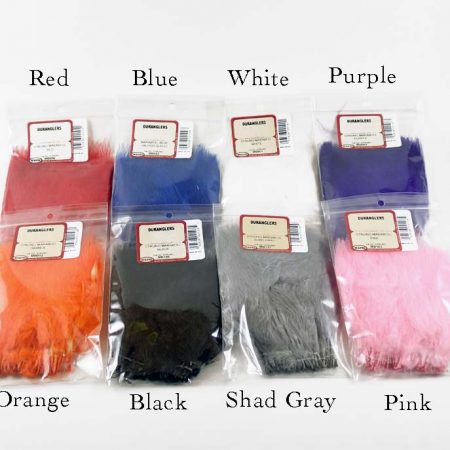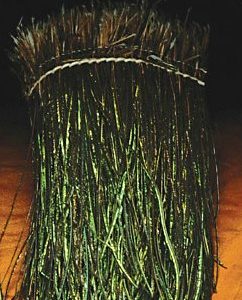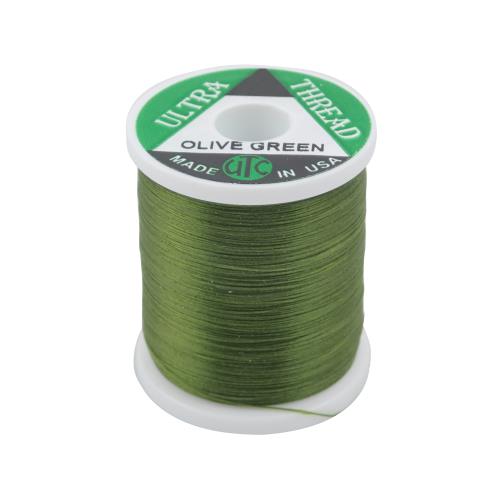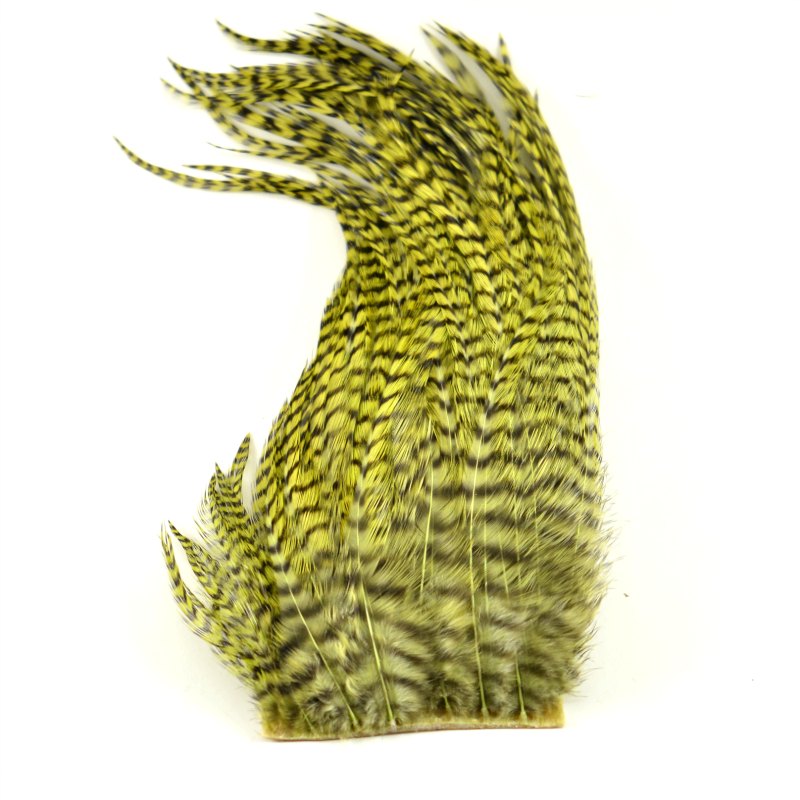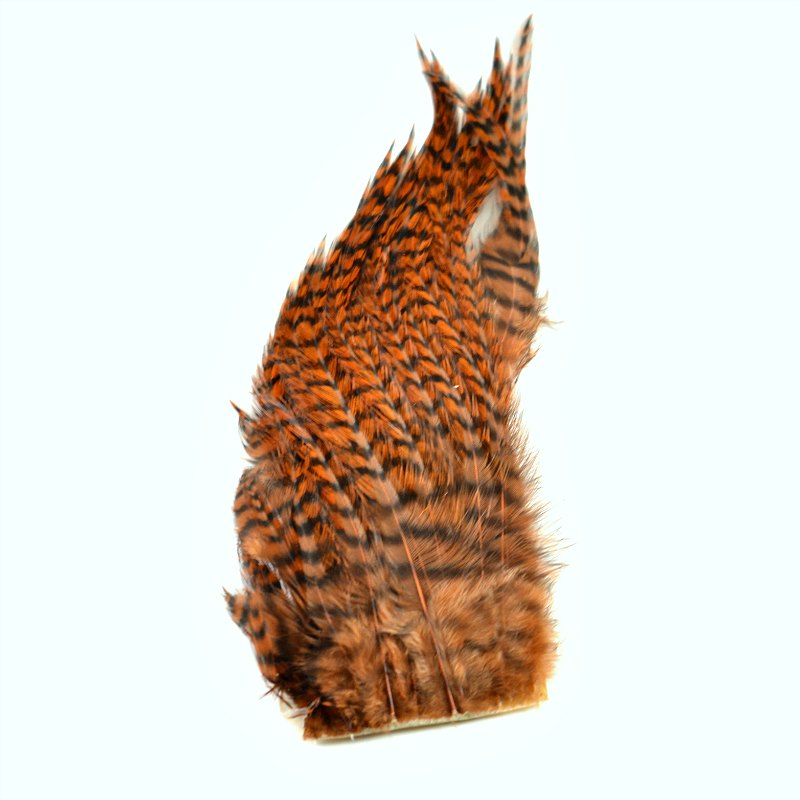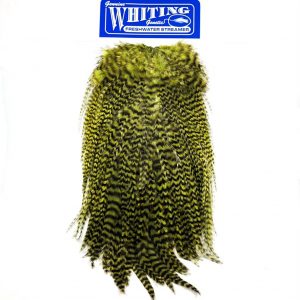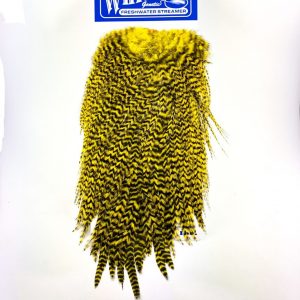Trout spey, for some of us, has taken over our fall, winter, springtime efforts on the water. Offering us new skills, techniques, and challenges; throwing a single or two-handed rod has become more of a nuanced obsession in the greater realm of fly fishing.
Why?
It certainly isn’t the fish count, that is for sure. It also isn’t the ease of the learning curve in figuring out new gear, casts, techniques, and retrieves.
Our obsession stems from working through the hard-earned lessons to finally see 70 feet of fly line unroll perfectly with a cast that requires minimal effort. It comes from peace and tranquility on the water, learning to work a run with patience, taking in the sights around us as our line slowly (or quickly) swings through. The beauty in the process.
But really, it all comes down to one thing: when confidence in your skills meets at a place of peace on the water to be disrupted entirely by an extremely violent grab, that is ultamately what brings us here.
The grab, that’s it. If you know, then you know.
Anyway, enough pontificating. It’s trout spey time, and we have a handful of tying video tutorials ready for you all. Up first, Rob takes us through the steps to tie an intruder scaled down to swing for trout. Tied in a spicey thin mint variation, this is a great fly to swing for trout on a single or two-handed trout spey rod in larger, faster water. Scale down the lead eyes to a smaller size or even bead chain for smaller, slower, or shallower running water. Rob picked up his love for trout spey on the rivers of Wyoming, which is evident in the Thin Mint Trout Spey Intruder variation. Wyoming has big water, heavy winds, and deep runs with require a little more bulk and weight in your flies. We still find a whole lot of use for this bug in Southwest Colorado when waters are higher in the spring, or heavy releases on the San Juan River Quality Waters require us to size up…which is coming December 20-30th.


